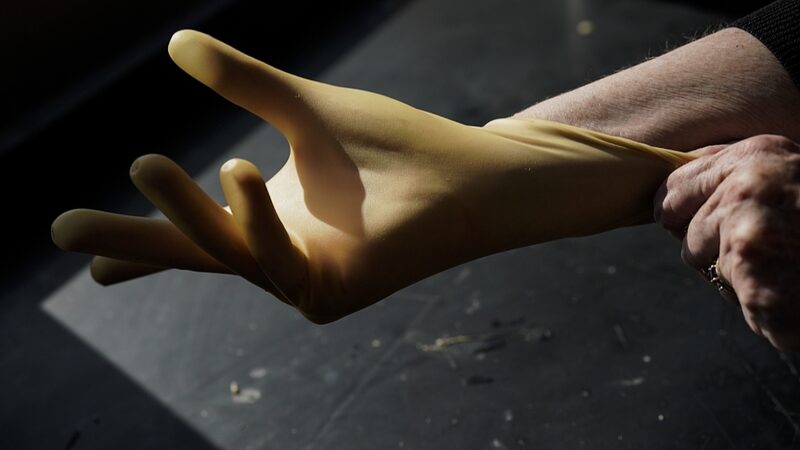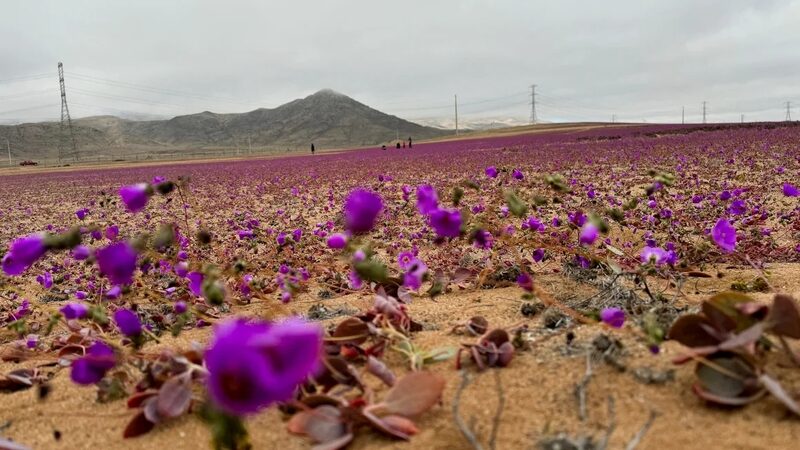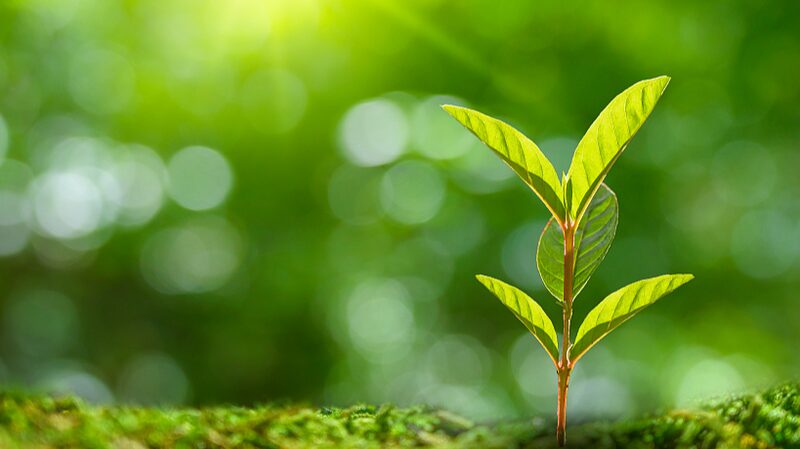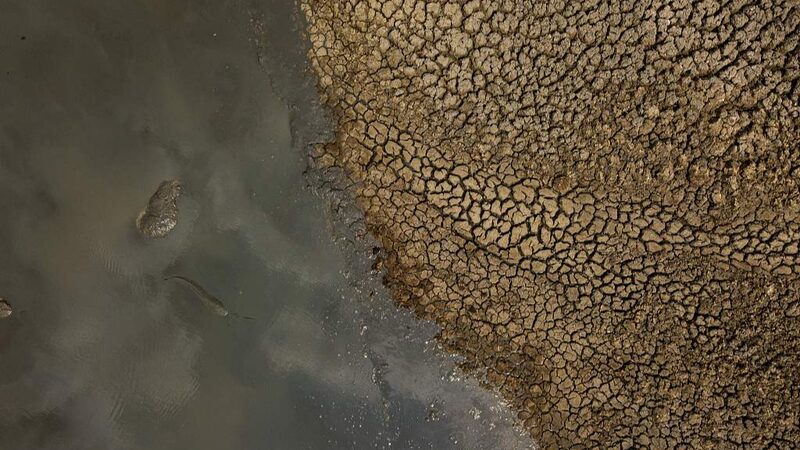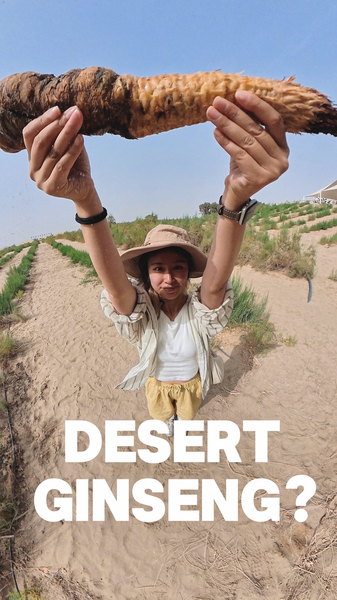In the arid landscapes of Arizona, a resilient plant known as guayule is thriving against the odds. Its blue-green leaves stand out against the dry earth at a research and development farm operated by tire giant Bridgestone. Amidst drought conditions, this desert shrub is being cultivated for a groundbreaking purpose: to revolutionize rubber production in the United States.
Meanwhile, in Ohio, Professor Katrina Cornish of Ohio State University dedicates her research to alternative rubber sources. Surrounded by fields of rubber dandelions—plants that bloom with vibrant yellow petals—she explores the potential of these unassuming weeds. The stretchy rubber substances extracted from both guayule and rubber dandelions present promising applications, from the manufacturing of condoms and medical gloves to essential components in trachea tubes.
“These plants could forever alter the agricultural landscape of the U.S.,” Cornish asserts. Guayule’s ability to thrive in harsh desert conditions and the rapid growth cycle of rubber dandelions make them ideal candidates for sustainable rubber production. As the global demand for natural rubber continues to rise, these domestic sources offer a solution less reliant on traditional rubber trees, which are predominantly cultivated in Asia.
The exploration of guayule and rubber dandelions signifies a pivotal shift towards diversifying rubber sources. This not only has the potential to boost the U.S. economy but also to mitigate environmental impacts associated with rubber tree plantations abroad. With continued research and development, these humble plants may soon become key players in meeting the nation’s rubber needs.
Reference(s):
Can dandelions and shrubs replace rubber in the U.S. in future?
cgtn.com
